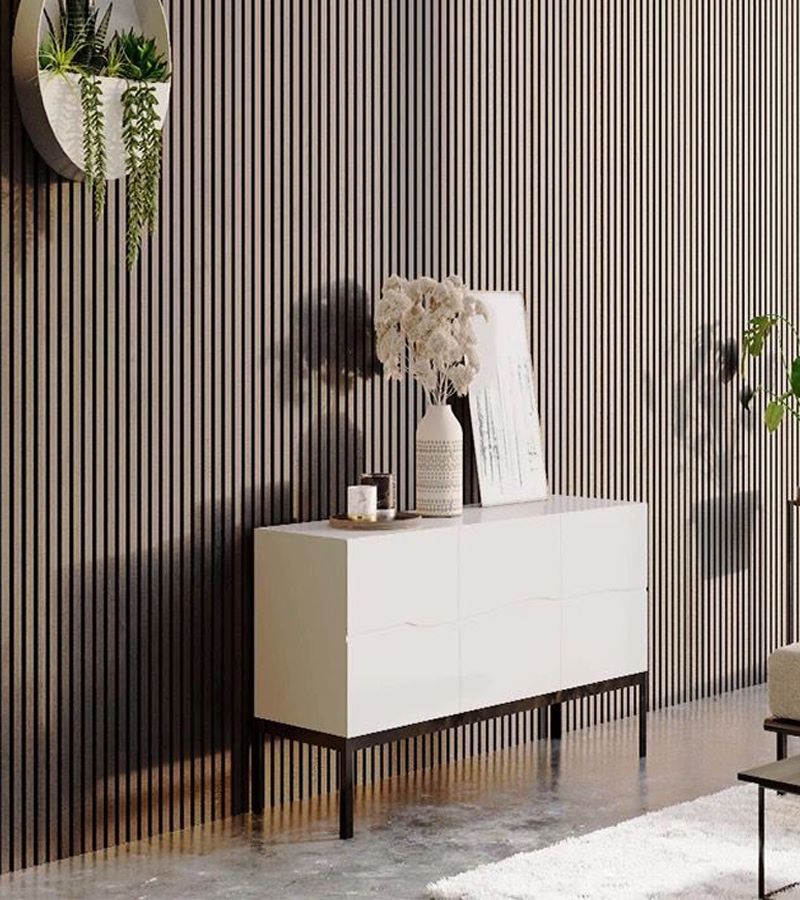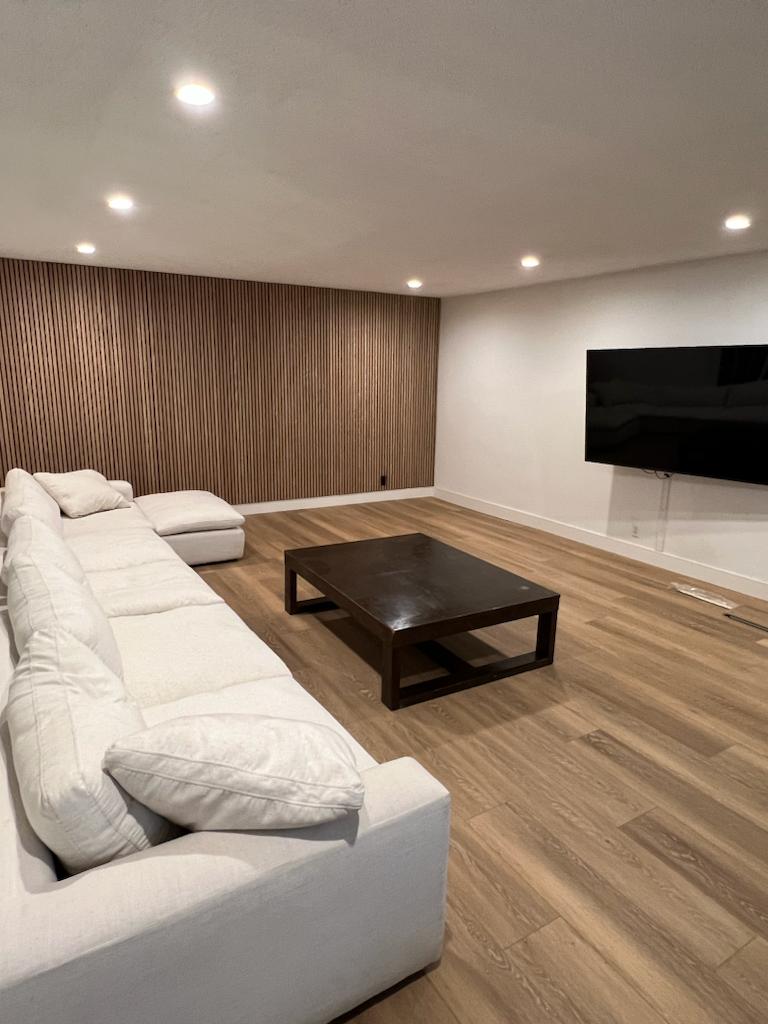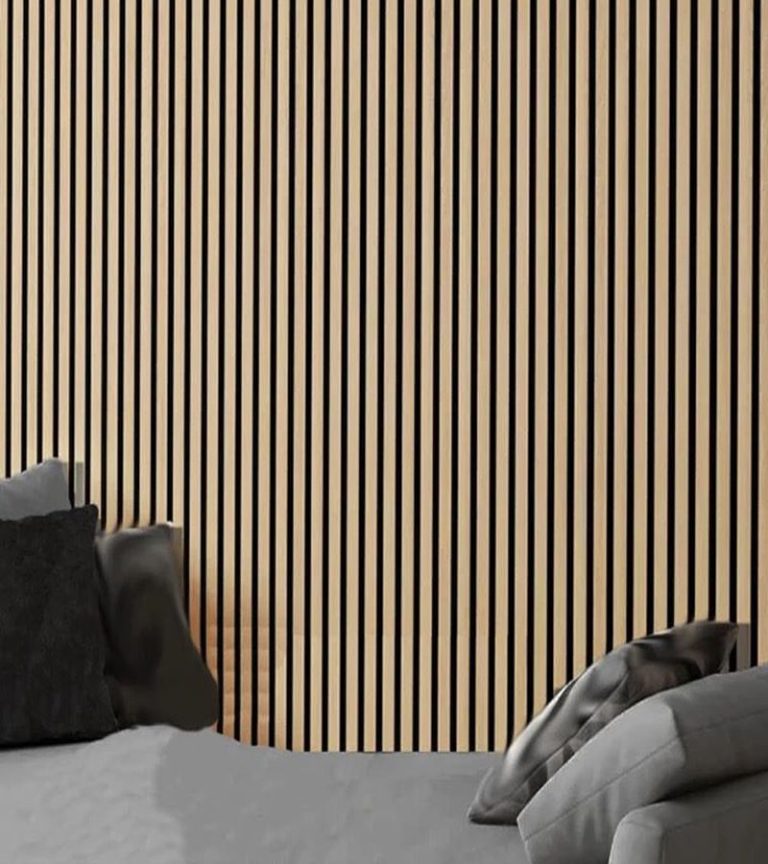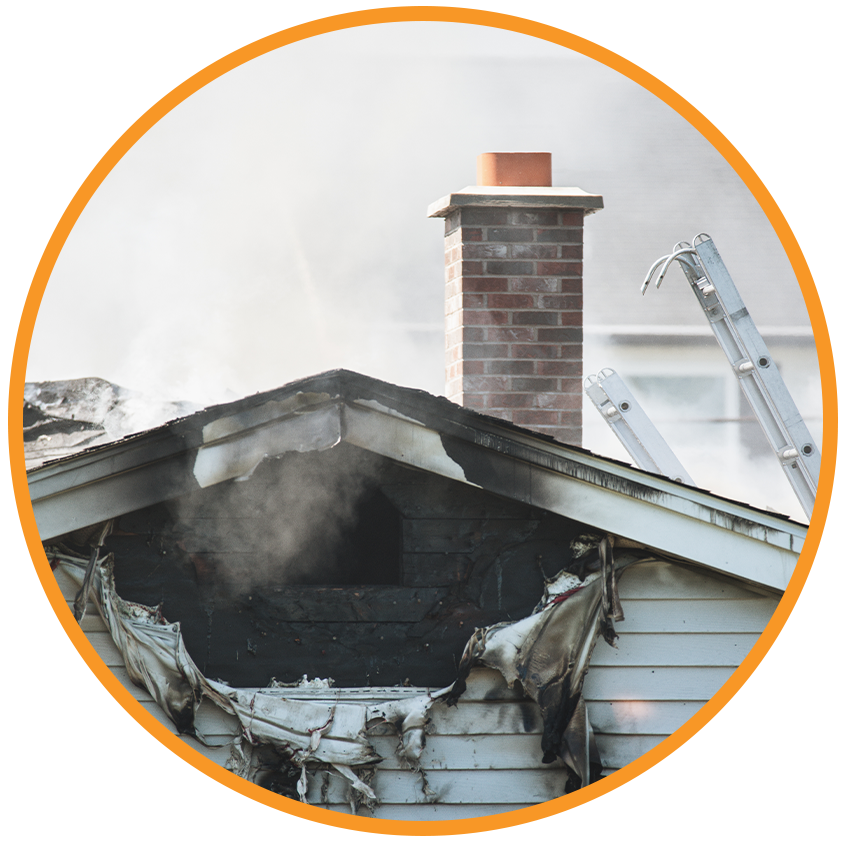The integration of Artificial Intelligence (AI) into healthcare has brought about transformative changes, particularly in the area of medical documentation. AI scribe technology is one such advancement that is reshaping how healthcare providers document patient interactions. Traditionally, medical scribes were human assistants who accompanied physicians to transcribe patient visits. However, with the rise of AI-powered medical scribes, this process has become more efficient, accurate, and time-saving, enabling healthcare professionals to focus more on patient care.
What is AI Scribe Technology?
AI scribe technology refers to the use of artificial intelligence systems to automatically transcribe, document, and manage patient encounters. Unlike traditional scribes, AI scribes utilize advanced natural language processing (NLP), speech recognition, and machine learning in healthcare algorithms to capture and record the conversation between the healthcare provider and the patient. The AI system listens to the consultation in real-time, interpreting medical terminology and generating accurate and detailed notes that are automatically added to the patient’s electronic health record (EHR).
These AI systems are designed to mimic the tasks traditionally performed by human scribes—writing patient notes, documenting medical history, recording test results, and even managing prescriptions—all in real-time. As a result, healthcare providers can focus their attention on their patients, while the AI handles the administrative burden.
The Impact of AI Scribe Technology on Healthcare
AI scribe technology offers significant benefits to both healthcare providers and patients, making the documentation process more efficient and improving the overall quality of care. Here’s a closer look at how AI scribes are transforming the healthcare landscape:
Efficiency and Time-Saving
One of the most notable advantages of AI scribe technology is its ability to save time. Traditionally, physicians spend a significant amount of time documenting patient encounters after consultations. Research shows that doctors can spend up to 16 hours per week on administrative tasks, including note-taking. With AI scribes, this time-consuming process is automated, allowing physicians to spend more time with their patients and less time on documentation.
AI systems can instantly transcribe patient conversations, accurately recording medical histories, symptoms, diagnoses, treatment plans, and prescriptions. This real-time documentation not only improves workflow efficiency but also reduces the need for manual data entry and minimizes the risk of errors or omissions.
Improved Accuracy and Consistency
Human error is inevitable, especially in fast-paced healthcare environments. With AI scribe technology, the risk of mistakes in documentation is significantly reduced. AI systems are trained to understand complex medical terminology and can transcribe conversations accurately, ensuring that patient records are comprehensive and consistent. This leads to better patient care and fewer issues with medical record discrepancies.
AI scribes also maintain a consistent documentation style, reducing variability in how patient information is recorded across different healthcare providers. This ensures that all records are uniformly structured, making it easier for healthcare teams to access and interpret patient data.
Enhanced Patient-Provider Interaction
AI scribe technology enhances the doctor-patient relationship by allowing healthcare providers to maintain eye contact and engage more directly with patients during consultations. Traditionally, physicians had to divide their attention between the patient and the documentation process, often leading to less personal interactions. With AI handling the documentation, doctors can focus entirely on their patients, leading to better communication and a more empathetic approach to care.
Patients are more likely to feel heard and valued when their healthcare provider is present and attentive, rather than distracted by typing or note-taking. This improved patient-provider interaction can contribute to greater patient satisfaction and trust in their healthcare provider.
Cost-Effective and Scalable Solution
AI scribe technology offers a cost-effective solution for healthcare institutions. Hiring human scribes can be expensive, especially for smaller practices or busy healthcare facilities. By using AI-powered scribes, healthcare providers can reduce staffing costs while maintaining high-quality documentation standards.
Additionally, AI scribes are highly scalable. Unlike human scribes, who may be limited by their availability and working hours, AI systems can operate 24/7, supporting healthcare providers across multiple shifts and locations. This scalability ensures that healthcare organizations can handle high volumes of patients without sacrificing the quality or timeliness of medical documentation.
Streamlining the EHR System
AI scribe technology integrates seamlessly with electronic health record (EHR) systems, ensuring that patient information is automatically updated and synchronized in real-time. The AI-generated notes are directly uploaded into the patient’s EHR, making it easier for healthcare providers to access the most up-to-date information during follow-up visits or consultations with specialists.
This integration also helps reduce the administrative burden associated with maintaining accurate patient records. Healthcare providers no longer need to manually update EHRs or worry about incomplete or outdated information. With AI scribes, patient data is always accurate, current, and easily accessible.
Improved Data Security and Compliance
The use of AI in medical documentation can also enhance the security and privacy of patient data. AI scribe technology is designed to comply with industry regulations such as HIPAA (Health Insurance Portability and Accountability Act) in the U.S., ensuring that sensitive patient information is encrypted and protected.
By automating documentation, AI systems also reduce the risk of human error in managing patient records, minimizing the potential for data breaches or misfiled information. Additionally, AI-powered systems provide an audit trail, allowing healthcare organizations to track changes to patient records and ensure that all documentation is compliant with regulatory standards.
The Future of AI Scribe Technology
As AI technology continues to advance, the capabilities of AI scribes will only improve. Future developments in machine learning and natural language processing will enable AI systems to handle even more complex tasks, such as understanding subtle nuances in patient conversations, providing diagnostic suggestions, and offering decision support to healthcare providers.
Additionally, AI scribes may become even more integrated into telemedicine and remote healthcare settings, allowing healthcare professionals to document virtual consultations in real-time. This will be particularly beneficial as telemedicine continues to grow, providing greater access to care and enhancing the efficiency of remote patient management.
Conclusion
AI scribe technology is revolutionizing the way medical documentation is handled, offering significant benefits to healthcare providers, patients, and healthcare organizations as a whole. By improving efficiency, accuracy, and patient-provider interactions, AI scribes are helping to reduce the administrative burden on healthcare professionals, allowing them to deliver better care. As the technology continues to evolve, AI medical scribes will become an even more integral part of the healthcare system, shaping the future of patient care and documentation.
May 17, 2025May 17, 2025






